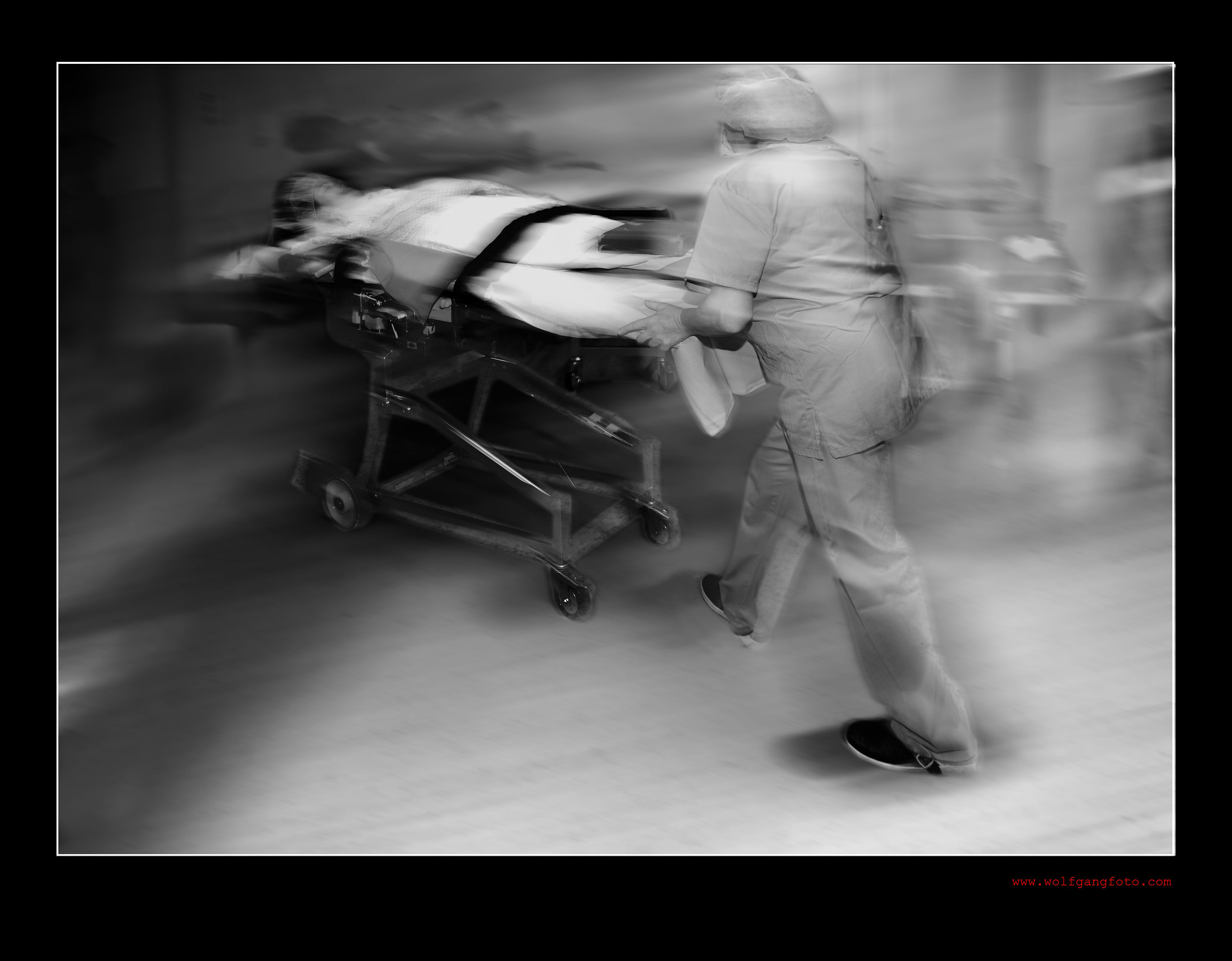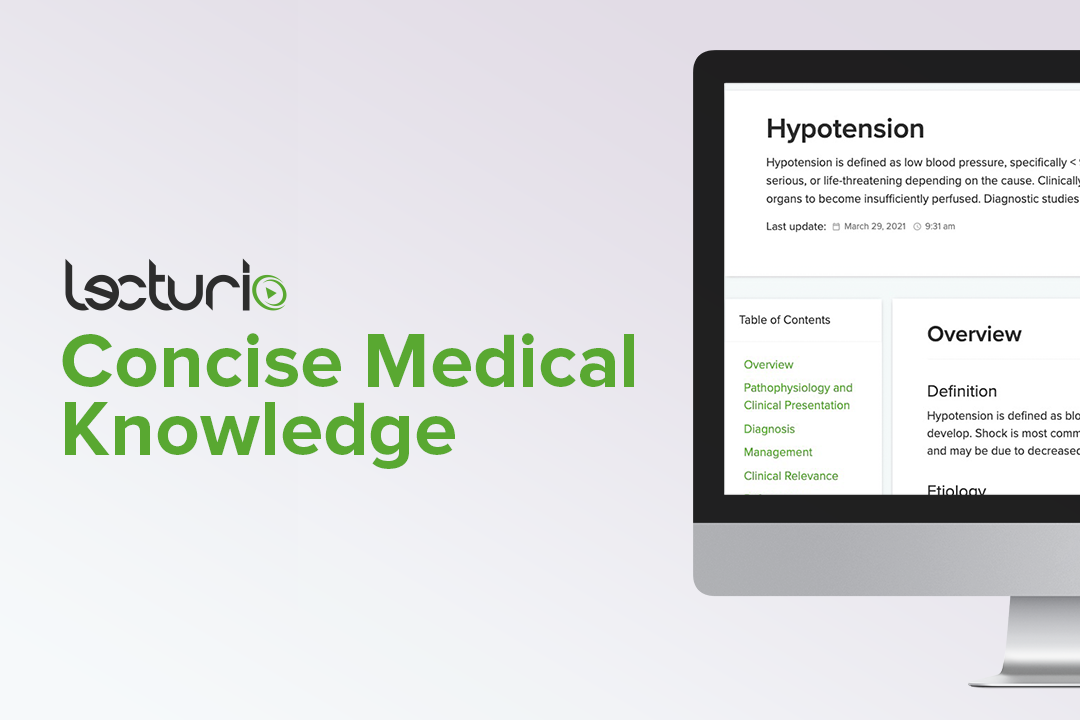Playlist
Show Playlist
Hide Playlist
Hypotension and Shock: Therapy
-
Slides 07 VascularMedicine advanced.pdf
-
Reference List Vascular Medicine.pdf
-
Download Lecture Overview
00:01 What about therapy? Well, there's a number of therapies. First of all, you want to increase the blood volume, because when the arterioles dilate, they markedly increase the volume of blood that's needed to fill the system. So if it's a hemorrhage, you often give blood. 00:19 If it's a severe infection, we may give plasma—that is, the fluid component of blood—or other fluids to, in a sense, what we call "fill up the tank." Also, there are pharmacological agents that can be given that constrict the arterioles and raise the peripheral vascular resistance. For example, we can give adrenaline or noradrenaline, which constricts the peripheral arterioles, raises the resistance, and raises the blood pressure. 00:48 We can even use mechanical devices, and there's a whole array of mechanical devices. The one that's best known and used very commonly is the so-called intra-aortic balloon counterpulsation device. You can see that a hotdog-shaped balloon is inserted into the aorta, and it's attached to a pump that pumps helium gas in and out of the balloon (helium gas because it can be very rapidly pumped in and out of the balloon). Each time the heart contracts, the balloon contracts. And each time the heart relaxes, the balloon inflates. And what that does is it increases blood pressure during diastole and it helps move the blood out of the heart during systole, so it increases cardiac output. Well, there are a whole variety of small heart–lung machines and a whole bunch of other equipment that's used in very sophisticated intensive care units that also help to maintain blood pressure in patients with severe shock. It's way beyond the level of specialization of this talk, but it's important to know that there's a whole variety of little pumps that can be put on catheters, that can be inserted into blood vessels, and that can help maintain cardiac output and maintain blood pressure while you're getting the patient over whatever catastrophic illness has caused the shock state. It is important that urgent and aggressive therapy be done early in the shock state before there is serious damage to the heart, the kidneys, and the brain. So, for example, a patient who's having a large blood volume loss from some injury: It's really important to get blood transfusion in there to get the blood pressure up. We often talk about, in trauma, the golden hour: the first hour after a serious injury where, let's say, an artery has been cut and the patient's bleeding copiously. 02:45 If you get lots of blood into that patient during the first hour, there's a very good chance the patient will survive. If the blood transfusions don't occur for several hours, the chance of survival is much less. And, of course, emergency surgery: Let's take the trauma example. There's the patient, you know, who is bleeding from a torn artery. 03:07 Obviously, the most important thing is to get in there and repair that artery so that you stop the bleeding. Or if there's a big abscess in the abdomen, filled with bacteria, that's putting bacteria into the bloodstream, you need to get a surgeon in there to drain that abscess and get all that pus and bacteria out of the abdomen. And then, of course, you have to use drugs as well: antibiotics and so forth. So you have to treat the underlying illness, and you have to treat aggressively and early, as quickly as you can, both with medicines and, when needed, with surgical intervention.
About the Lecture
The lecture Hypotension and Shock: Therapy by Joseph Alpert, MD is from the course Arterial Diseases.
Included Quiz Questions
Therapy for shock can involve all but one of the following therapies. Identify the INCORRECT therapy.
- Intensive tube feeding with a high protein nutritional supplement.
- Intravenous infusion of noradrenaline (norepinephrine).
- Infusion of blood.
- Urgent surgery.
The golden hour after trauma is the most important time for which of the following course of treatment?
- Blood transfusions.
- Antibiotics therapy.
- Counselling.
- Platelet transfusions.
- Administration of steroids.
Which of the following is the correct Indication for surgery in case of shock?
- Infected wounds with sepsis.
- Deep venous thrombosis.
- Autoimmunity.
- Penicillin allergy with hives.
- Dehydration with sun exposure.
Customer reviews
5,0 of 5 stars
| 5 Stars |
|
5 |
| 4 Stars |
|
0 |
| 3 Stars |
|
0 |
| 2 Stars |
|
0 |
| 1 Star |
|
0 |





